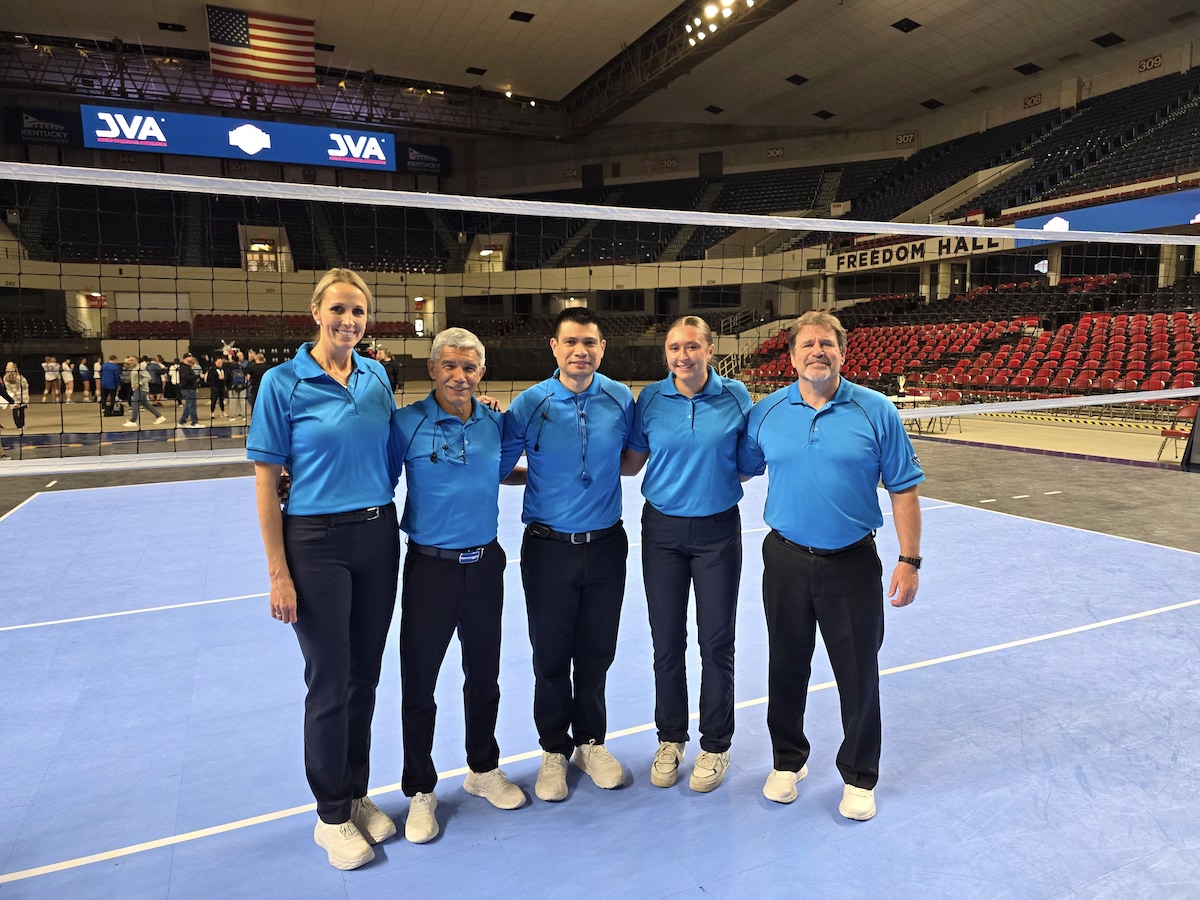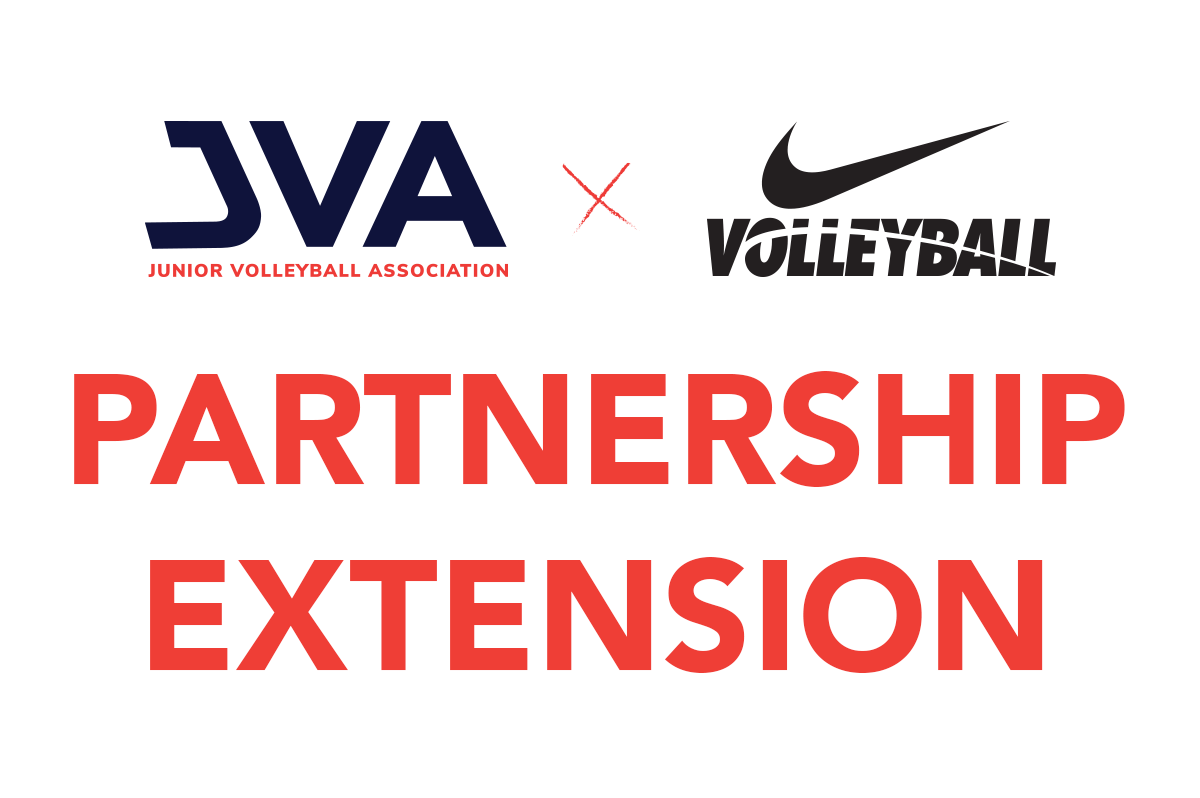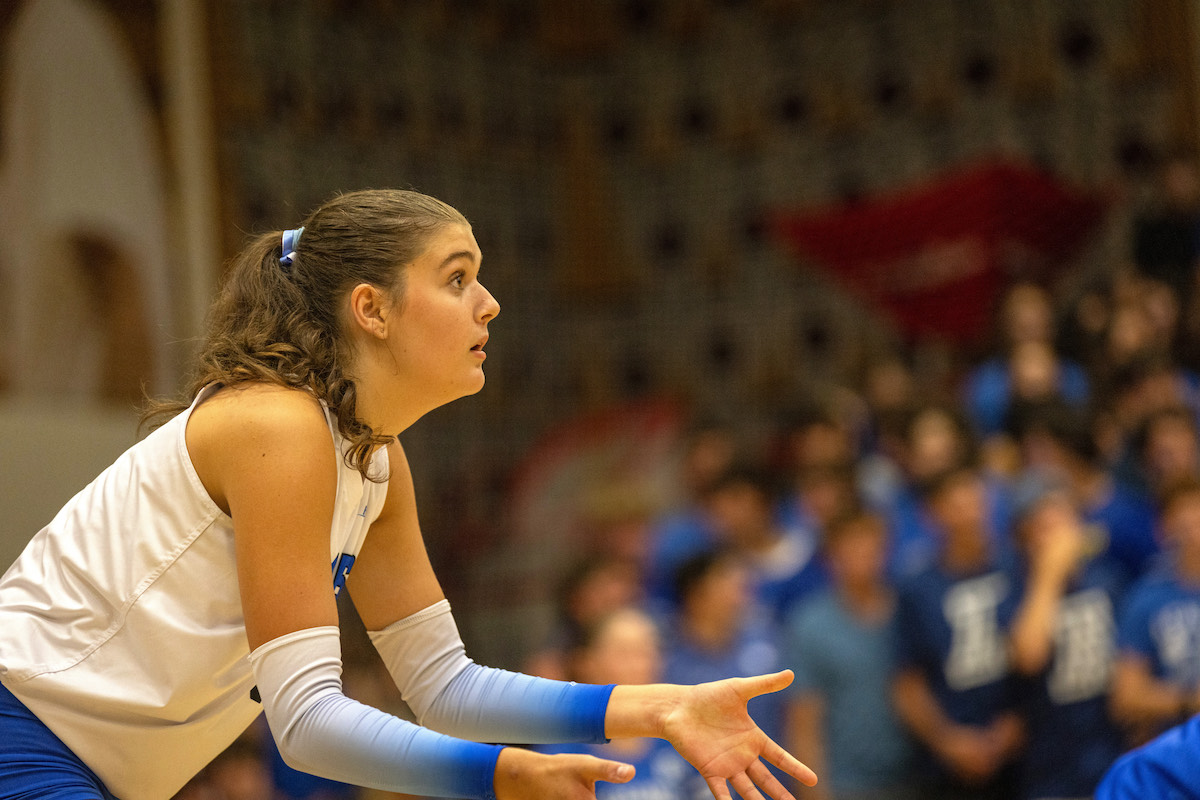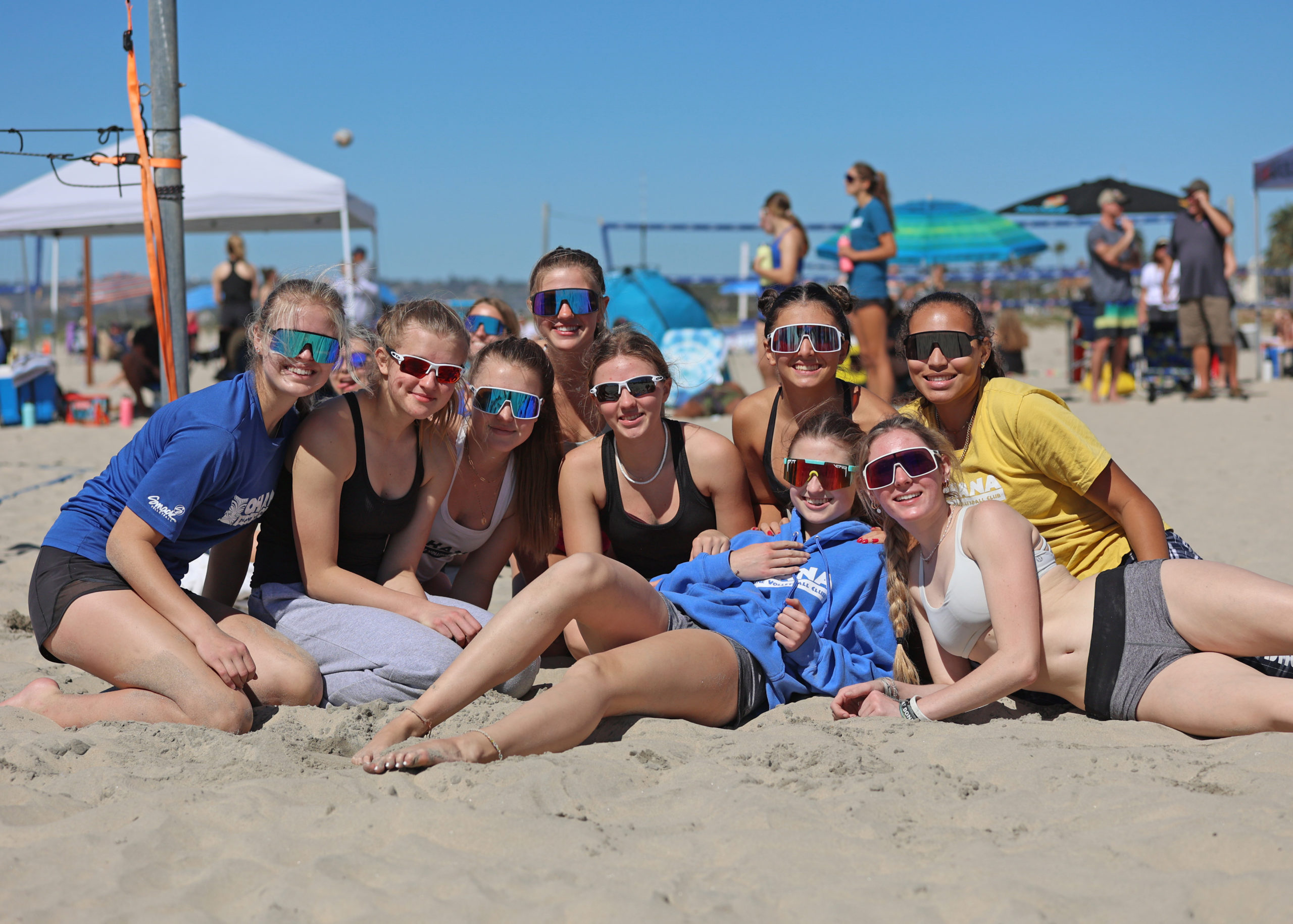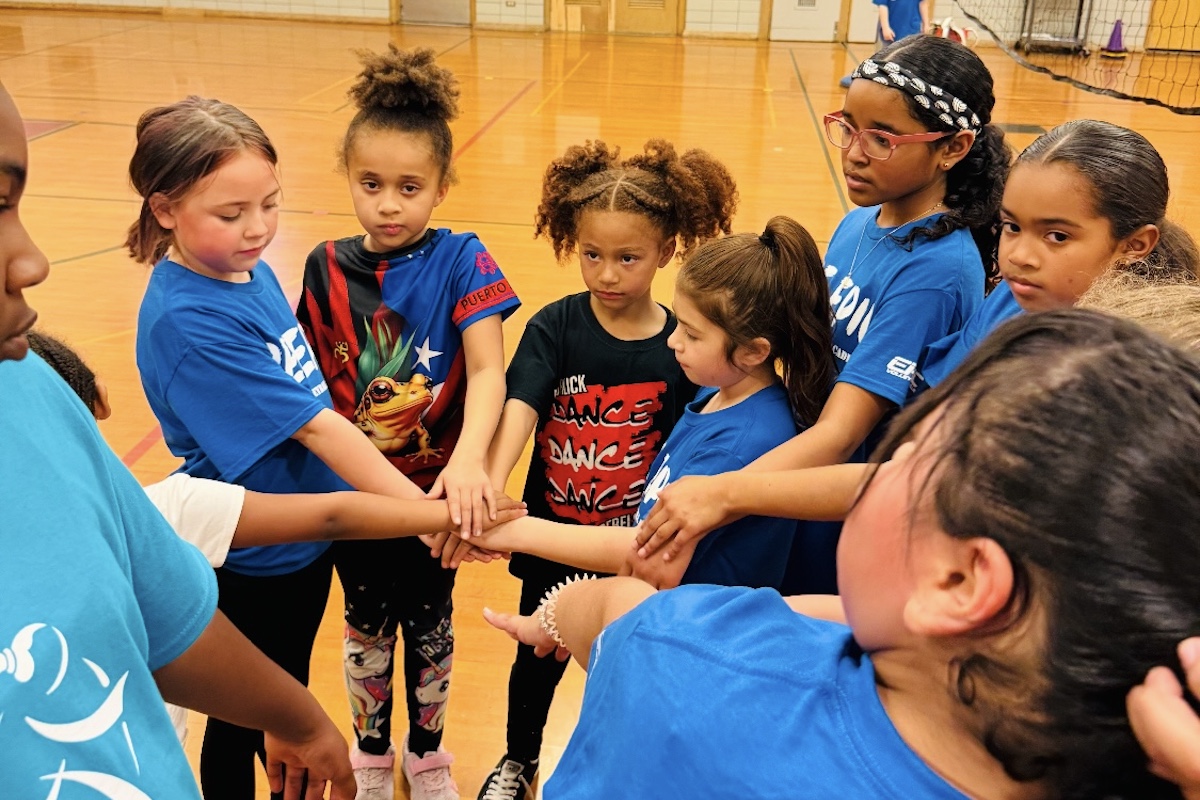Beach volleyball is one of the fastest-growing collegiate sports in the country. Since its official adoption by the NCAA in 2012, the number of programs has expanded significantly. As of the 2025 season, there are over 100 collegiate beach volleyball programs, including 62 at the Division I level. This growth means more opportunities than ever for female student-athletes to compete at the next level.
The information below outlines the key questions and steps to help athletes and families navigate the recruiting process. It is intended as a practical starting point and not an exhaustive guide.
Part I: The Decision to Play
Do you want to play college beach volleyball? Playing in college is an incredible opportunity but requires a serious time commitment. College athletes must balance school, training, travel, and competition. Before jumping in, it’s important to consider whether this is a fit for your lifestyle, academic goals, and priorities.
SCHOOLS OFFERING BEACH
| NCAA Division I | 62 |
| NCAA Division II | 17 |
| NCAA Division III | 6 |
| NAIA | Varies |
| Junior College (2 years) | Varies |
| Total (4 year institutions) | 138 |
For a list of collegiate beach programs click HERE.
Junior colleges no longer count against NCAA eligibility, meaning athletes can compete for two years at a JUCO and retain full NCAA eligibility provided they meet academic transfer requirements.
Scholarship Opportunities by Division
NCAA Division I
- Up to 6 full scholarships per team
- Typically awarded as equivalency (split across multiple athletes)
- Programs can have up to 14 athletes on scholarship
NCAA Division II
- Up to 5 full scholarships per team
- Also offered as equivalency
- Academic and need-based aid often available
NCAA Division III
- No athletic scholarships
- Many programs offer strong academic and need-based financial aid
NAIA
- Up to 8 scholarships per team (can be divided)
- More flexible recruiting and aid rules
NJCAA
- Aid varies by school and region
- Can include tuition, books, and sometimes housing
Part II: Evaluating Fit
What level can I realistically play at? Evaluating your skill level honestly is crucial. Consider your height, athleticism, technical ability, and competitive experience. Speak with your coach and consider how your game compares with college athletes at each level. You also want to revisit the level of commitment you are looking for. As you consider different levels and college programs, you’ll want to have a vivid picture of the time expectations an athlete playing for that program has, as well as the rigors of the academic goals you have for yourself. For example, if you are looking to play at a Division 1 top twenty beach volleyball program and also intend to pursue a pre-med course of study, both typically require very high levels of discipline, effort and time commitment. Do the lab classes required for your major conflict with practice times? If so, is the school and/or coach willing to accommodate your schedule?
General Physical Benchmarks
Division I
Blocker: 5’10″–6’2″, Approach Jump 9’10″+, Block Jump 9’4″+
Defender: 5’7″–6’0″, Approach Jump 9’7″+
Division II
Blocker: 5’9″–6’2″, Approach Jump 9’8″+, Block Jump 9’4″+
Defender: 5’6″–5’10”, Approach Jump 9’2″+
Division III
Blocker: 5’9″–6’1″, Approach Jump 9’6″+, Block Jump 9’2″+
These are general averages. There are many exceptions based on skill, experience, and athletic potential.
Part III: Academic Considerations
Grades and test scores matter. While being recruited can help in admissions, you still need to meet the academic standards of each school. Academic performance may also qualify you for additional scholarships.
Be sure to research:
- GPA and standardized test requirements
- Available majors and academic support
- Class sizes and graduation rates
- The school’s ability to support your academic and athletic goals
Part IV: Location and Lifestyle
Where do you want to live?
- Region: Do you prefer coastal, southern, urban, or rural settings?
- Climate: Can you train outdoors year-round?
- Travel: Is proximity to family important?
Lifestyle matters when choosing a school. The culture, campus size, and available resources can all impact your experience.
Part V: Program Evaluation
Not all programs are created equal. When evaluating schools, consider:
- Program reputation and coaching style
- Roster size and team culture
- Balance of indoor and beach athletes
- How playing time is earned
- Opportunities for development and travel
Part VI: Getting Started
- Register with the NCAA Eligibility Center:
- Develop a short highlight and full game video
- Create a recruiting profile with GPA, test scores, physical stats, and video links
- Send personalized emails to college coaches
- Attend camps, showcases, and major tournaments
- Meet with your club director or recruiting coordinator for support
Recruiting Timeline and Rules (2025–2026)
Division I
- No recruiting contact until June 15 after sophomore year
- Athletes may begin taking official visits August 1 before junior year
Division II
- Same dates as Division I for contact and visits
Division III and NAIA
- Coaches can contact athletes at any time
- No official limits on visits (NAIA follows its own eligibility process)
- Athletes may receive up to three complimentary tickets during an official visit. Transcripts and test scores are required to schedule official visits.
Final Tips
- Be proactive and organized
- Research schools thoroughly
- Ask questions about expectations, training, and support
- Don’t wait for coaches to come to you
- Use your club director and coaches as resources
Sources:
View more junior beach volleyball education. View related reading on junior beach volleyball.



